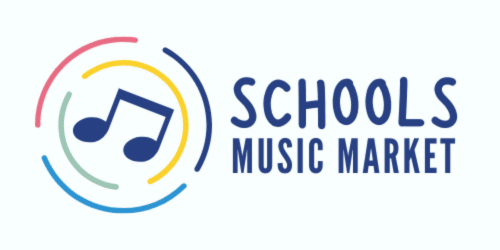What is Cubase? If you’re a music producer, audio engineer, or a passionate musician, chances are you’ve come across the name Cubase. Cubase is a powerful digital audio workstation (DAW) that has garnered a significant following in the music production industry. In this blog post, we will take a deep dive into Cubase and explore its features, capabilities, and why it has become a go-to software for music professionals worldwide.
What is Cubase?
Cubase, developed by Steinberg, is a comprehensive music production software that enables users to create, record, edit, mix, and master music with utmost precision and creativity. Since its release in 1989, Cubase has evolved into one of the most prominent and respected DAWs in the industry, offering a wide range of tools and features for musicians of all genres and skill levels.
Key Features and Capabilities:
Let’s delve into some of the essential features and capabilities that make Cubase an indispensable tool for music production:
a. Multitrack Recording: Cubase allows users to record multiple audio and MIDI tracks simultaneously, providing the flexibility to capture a complete musical performance or build intricate compositions one layer at a time.
b. Virtual Instruments and Effects: With a vast library of virtual instruments and high-quality effects, Cubase offers an extensive palette of sounds to explore. From lifelike emulations of classic hardware synths to innovative virtual instruments, Cubase empowers users to create any sound they can imagine.
c. Mixing and Audio Editing: Cubase provides a comprehensive mixing console, allowing users to fine-tune their audio tracks with precision. From adjusting levels, panning, and applying effects to advanced automation and audio editing capabilities, Cubase offers a professional-grade environment for achieving the perfect mix.
d. MIDI Editing and Score Notation: Cubase’s powerful MIDI editing tools enable users to manipulate and fine-tune MIDI performances with ease. Additionally, the software provides robust score notation features, allowing composers to create and print sheet music for their compositions.
Workflow and User-Friendly Interface:
Cubase boasts an intuitive and user-friendly interface, designed to streamline the music production process. With a customizable workspace, efficient navigation, and a wealth of keyboard shortcuts, Cubase ensures that users can focus on their creative flow without being hindered by complex technicalities.
Collaboration and Integration:
Cubase facilitates collaboration by offering seamless integration with various hardware and software tools. It supports a wide range of audio and MIDI interfaces, allowing users to connect their preferred instruments and controllers effortlessly. Moreover, Cubase provides compatibility with other popular DAWs, making it easier to collaborate with artists and producers who use different software.
Conclusion:
In conclusion, Cubase stands as a powerhouse in the world of music production software. With its extensive range of features, professional-grade tools, and user-friendly interface, Cubase empowers musicians and producers to bring their musical ideas to life with precision and creativity. Whether you’re a seasoned professional or an aspiring artist, Cubase offers a comprehensive platform to unlock your musical potential.
So, next time someone asks you, “What is Cubase?” you can confidently explain that it is an industry-leading DAW that provides the tools and capabilities to create, record, and produce music at the highest level. Embark on your musical journey with Cubase and watch your creativity soar to new heights.
Got more questions like ‘What is cubase?’ For resources to support your music classroom click here to browse the full list.



